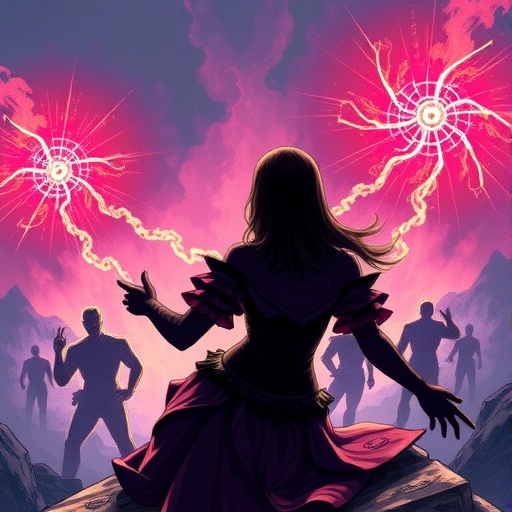These aren’t your everyday protons and neutrons; they are composite particles that hint at a richer, more intricate spectrum of matter dictated by the fundamental forces that govern reality. The journey into this exotic realm, led by a dedicated team of physicists, promises to revolutionize our perception of how quarks can combine, potentially rewriting chapters in the physics textbooks we’ve relied on for decades.
The Pc states, discovered a few years ago, immediately presented a tantalizing puzzle to the particle physics community. Unlike the well-established mesons and baryons, these particles appear to be composed of five quarks – a configuration that, according to the simplest models, should either be unstable or not form at all. The implications of their existence are profound, suggesting that the strong nuclear force, the glue that binds quarks together, can operate in ways far more sophisticated than previously understood. Imagine a Lego structure built not just with two or four bricks, but with an unexpected and seemingly improbable five. This is the kind of conceptual leap we are talking about.
Source paper:
https://link.springer.com/article/10.1140/epjc/s10052-025-14639-3


